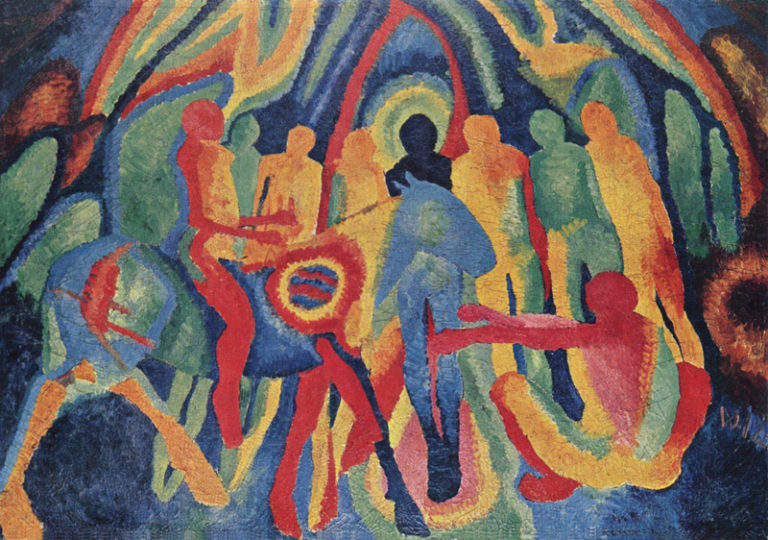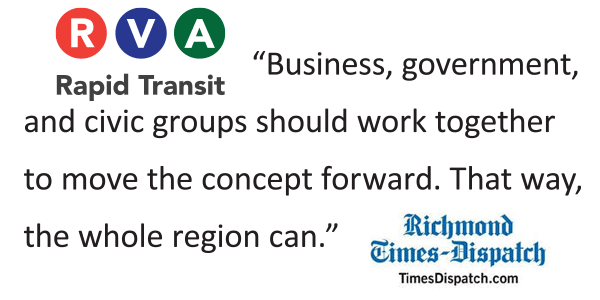Pausing to Pray
Rushing from the plane to find the nearest rest room, I did not pause to read more clearly the adjacent signs overhead. My initial encounter with the city of Dubai was erroneously walking into an Islamic prayer room — not a restroom. A vacation of a lifetime culminating in a mistake I could have avoided with a simple pause. Subsequently, intentional pausing became the theme of reflection concerning the vacation.
Paramount to the theme was an encounter that happened when my daughter and I were browsing the largest shopping center in the world. It was mid-afternoon, a clock chimed and groups of people began to move swiftly in the same direction. It took only a brief assessment of the movement to understand that these groups of people were responding to the call of the chime. They moved away from the things that just moments before had held their attention. They were all moving to the prayer rooms. I was in a Muslim country and the chime was the afternoon call to prayer.
A public call to prayer is not uncommon to me; it happens three times a day here at Richmond Hill. However, to have such a blatant call happen in the midst of a shopping mall was quite unfamiliar. It was quite unfamiliar indeed to see spaces provided in public buildings to accommodate one’s prayer life. I was pleasantly surprised on the one hand and surprisingly jealous on the other — jealous for this kind of commitment to prayer among Christians in my own country.
Though the community at Richmond Hill gathers to pray for metropolitan Richmond three times a day at the call of a bell, I could not help but ask myself the question: What would it be like to have the physical infrastructure of our country created in a manner that supports a commitment of God’s people to pause for prayer?
This Dubai experience was quite a contrast to the previous ten days of vacationing in South African cities. While I heard no chimes calling people to prayer there, nevertheless, the call was there all the while. There in South Africa, life was lived with such a sense of ease and simplicity that the culture itself provoked in me a sense of pausing and praying; the congruency of the two flowed throughout each day. Prayers of thanksgiving and praise seemed to be a natural outflow of pausing to take in the awesome beauty of the landscape and ocean fronts, the striking nature of numerous animals, the freshness of the air, and the goodness of the people. I was especially grateful for the unhurried and unencumbered time with my daughter with whom I traveled.
Reflecting on the experience now, I am not sure if the prayers within me promoted the pauses or if the frequent pauses nudged me to prayer. What I am sure about is: moment by moment the pausing and praying forced me to give attention to where I was, who I was with and how the Spirit was moving in all of creation. In its own way, even my body let me know that, whether understood or not, pausing to pray changes things.
As fate would have it, one suggested reading during this Easter season was a rather lengthy story from the book of Acts. This story gives an account of an encounter between two men who, in separate cities and at different times, had paused to pray — the Apostle Peter and Cornelius, a centurion in the Roman army. In that story, Peter, whose life is often viewed as a symbol of the Christian journey, offers a powerful witness to the change that had happened in his own life after he had gone to the roof of a house to pray. After a chain of events that followed that prayer time, Peter concluded, “I truly understand now that God shows no partiality, but in every nation anyone who fears God and does what is right is acceptable to God.” (Acts 10:34-35)
As the story goes, when Cornelius and Peter had paused to pray, dual visions were granted to them both. The not-so-subtle hand of God moved to bring the two individuals together, precipitating a critical moment of change in both of their lives. Typically, we recall this story with the idea that it was Cornelius who had the greater conversion. However, at the core of the story is Peter’s vision of unclean and clean animals — a vision that began to persuade him of the social and cultural boundaries that prevented him from experiencing more of God through others.
Though Peter gained this great insight about God while associating with Cornel-ius and his family, we have only to re-member Gethsemane to know that Peter did not always recognize the wind of the Spirit in his life. He did not always give such attention to prayer. In the Garden of gethsemane, after several attempts to have Peter and other friends pray with him, Jesus gave up asking and moved forward to pray alone. Ultimately, Peter’s confession about who God is conveys that Peter’s life may have changed more dramatically than Cornelius’ life.
While pausing to pray does appear to be the impetus for this change, we cannot ignore the fact that this conversion experience for both Peter and Cornelius occurred after the resurrection. We cannot ignore the blessing of the Spirit of the Resurrection to give us the courage to pause and the power to dismantle our solidified social and cultural boundaries. Peter testified to this truth.
God’s Spirit is indeed moving throughout the world, bringing us to new understandings and new ways of being with ourselves and with others. The hope is that when the bell rings, when the chime calls, or the beauty of creation draws us, we will hear and pause to pray; we will seek the clarity that comes as we experience anew the reverberations of the resurrection, which challenge us to new and unexpected ways of being in the world.
Rev. Janie M. Walker
Co-Pastoral Director


